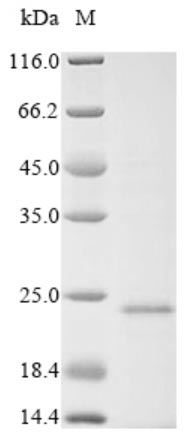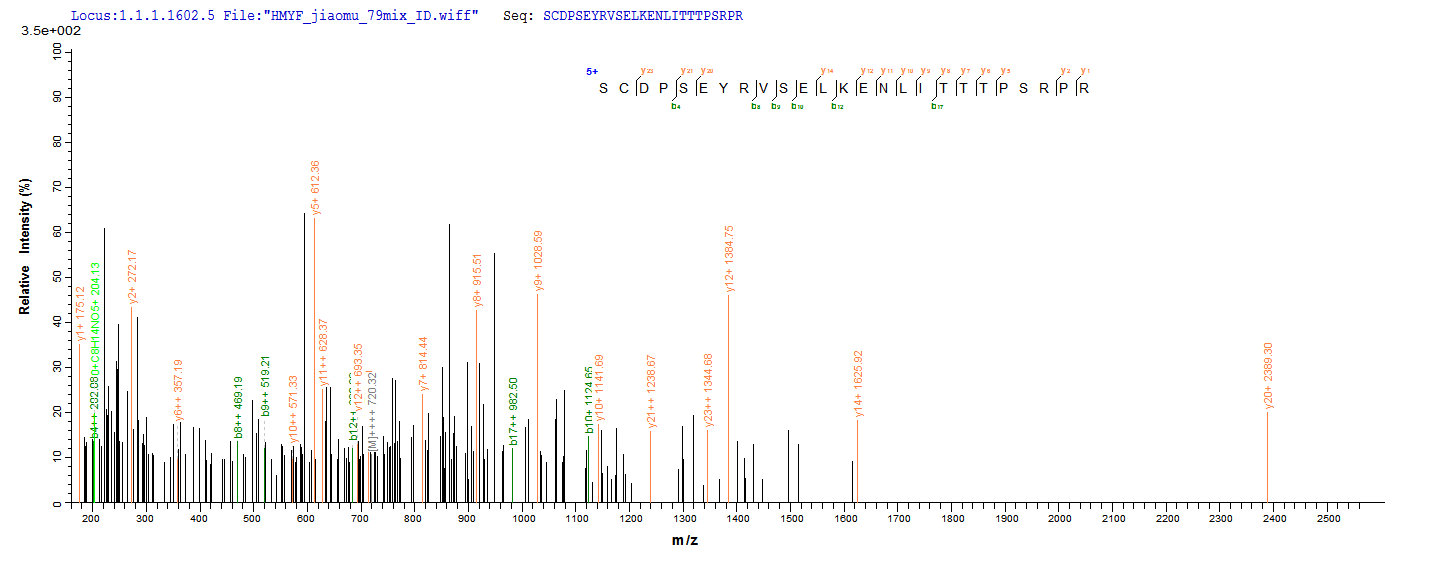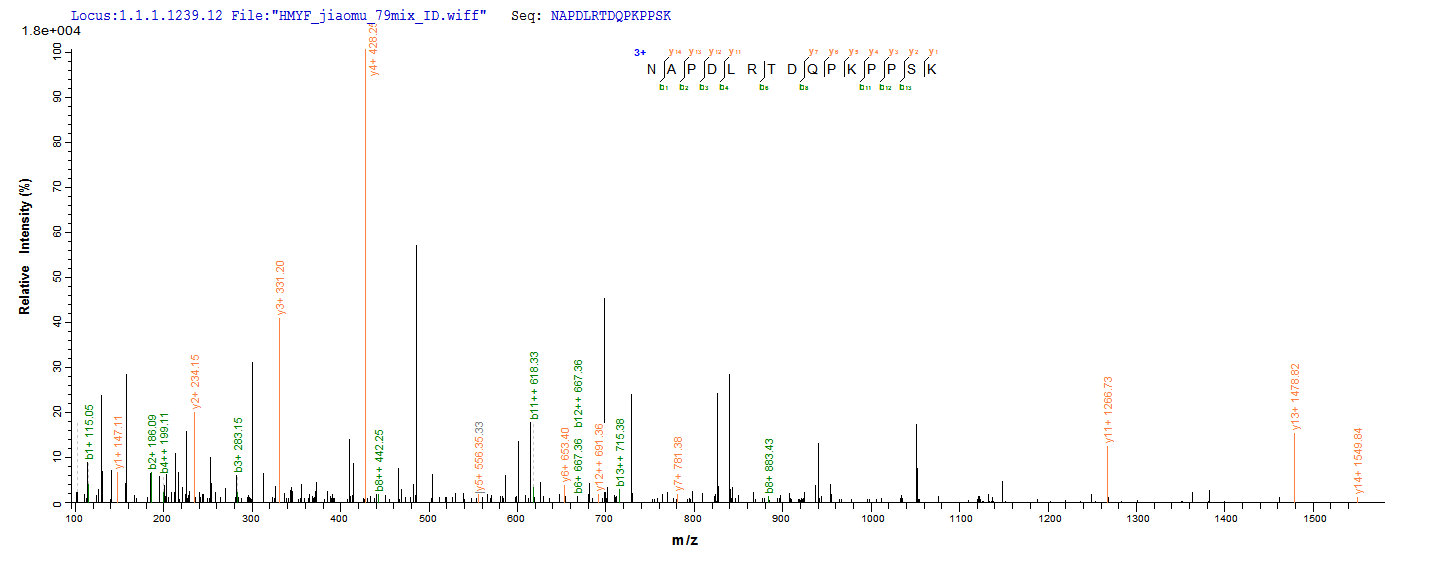The expression vector recombined with the recombinant DNA was transformed into the E.coli for expression. The recombinant DNA resulted from the fusion of the gene coding for the 1-120aa of the chicken anemia virus VP3 protein and the N-terminal 6xHis tag gene. The product was purified and isolated to get the recombinant chicken anemia virus VP3 protein with N-terminal 6xHis tag. The purity of this recombinant VP3 protein reaches up to 90%. Under SDS-PAGE condition, this recombinant VP3 protein showed a band with a molecular weight of about 20 kDa on the gel. It may be used in the microbiology studies.
VP3 is a gene encoding a protein named chicken anemia virus Apoptin (abbreviated Apoptin) and belongs gyrovirus apoptin family. This protein is 121 amino acids in length and has a mass of 13.6 kDa and contains a bipartite C-terminal nuclear localization signal (NLS) from residues 82–88 and 111–121, which permits its translocation to the nucleus in a cell-type-specific manner. Apoptin infects the thymocytes and erythroblasts in young chickens, causing chicken infectious anemia and immunosuppression. Apoptin has subsequently been shown to induce apoptosis in many human cancer cell lines in a manner that is independent of p53. Apoptin's tumor-cell killing ability has generated significant interest for its potential in anticancer therapy, and indeed apoptin has been investigated extensively in a wide range of human tumor cell.








